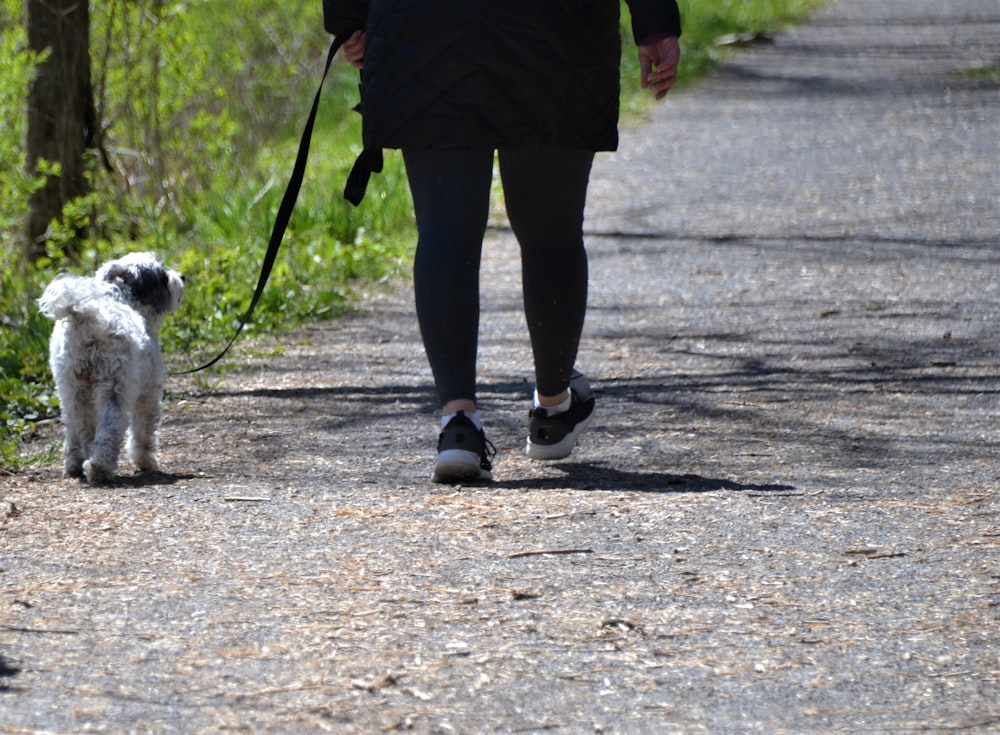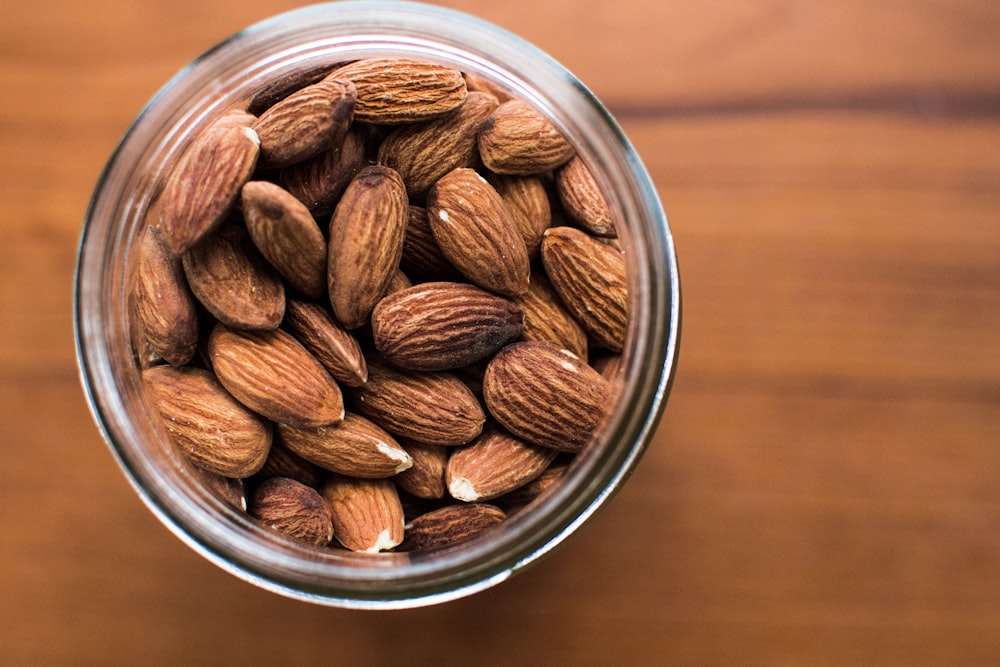How to Feed, Train, Build, and Care for your Cartilage

Most articles online talk about bones, muscles, and other organs. Rarely, topics on cartilage care and training show up, and if there is, it’s mostly about cartilage piercing care. So, ever wondered how to care for the cartilages in your body? And what about training or rebuilding them? Also, what does it mean by feeding your cartilage? Here, we will discuss these topics, including some tips and tricks to improve cartilage health.
But First, What is a Cartilage?
The cartilage is an essential connective tissue of the human body. It is a firm and strong tissue, yet softer and more flexible than the bones. Its flexibility allows fluid movements, including bending, twisting, and so much more, as it reduces tension and provides a cushion to joints between bones. In fact, it lubricates our joints, such as the ankle, elbow, and knee joints. This same pliable tissue is also what makes up our nose and ears.
If you do not have your cartilages, your joints won’t glide smoothly, and your body won’t be as healthy and nimble as it is.
What Makes Up a Cartilage?
Cartilages don’t have nerves, so we don’t usually feel what is going on. Instead, they are composed of water, collagen, and proteins, all of which keep them elastic. Watch the video below to know more about the composition and function of cartilages.
The Cartilage and the Aging Body
The older people get, the more likely they are to feel joint pains and mild soreness. One reason being slower recovery and secondly, due to wear and tear. Besides those, the aching joints can be due to decreased bone strength and muscle tone, making daily tasks more physically demanding.
Simple Ways on How to Feed, Train, Build, and Care for your Cartilage
Here are our tips to help you nourish, build, and care for your cartilage and joints.
• Walk around and keep moving.
Movement is the key. You need to walk and move around like it is your favourite habit. Even if it is walking to your backyard or moving your limbs while watching a movie on your couch, your cartilage and bones will benefit a lot from doing these. Just be sure to exercise not only one joint but all of the joints in your body.
Many injuries and conditions such as arthritis occur because the cartilage and other tissues surrounding the joints become stiff, and the movements become restricted. Contrary to popular belief, exercise is actually good for arthritis. It is good for the bones and joints as it increases their strength and flexibility, helps combat fatigue, improves fluid movement in between joints, and reduces joint pain.
• Drink enough water and stay hydrated
Drinking lots of water can keep your cartilage healthy, and your joints lubricated. Without proper hydration, the joints will be dry and stiff. They won’t slide against each other easily and won’t be as flexible and pain-free.
And once your cartilage becomes injured like in arthritis, hydration is vital. It helps fight inflammation, flushes out toxins, prevents joint friction, and keeps the bones from rubbing together.
• Try to slim down if you are overweight
Being overweight exerts additional pressure on the cartilages. It can lead to more aches and pains because too much pressure on the cartilage that absorbs it and cushions the joints can break.
In addition to that, people with additional fat may have higher levels of substances that cause inflammation in the blood.
• Eat foods that can help rebuild your cartilage
One of the best ways to rebuild your cartilage is to include collagen-rich foods such as gelatin and collagen bars, as well as bone broth. This step is important because proper nutrition in a larger, more comprehensive treatment plan can work well to keep the cartilage healthy.
Here are the other healthy foods and drinks that can help you feed, train, build, and care for your cartilage:
→ Brown rice
Brown rice is abundant with hyaluronic acid, a substance that is commonly used for joint injection to treat cartilage damage. Also known as Hyaluronan, Hyaluronic acid is a clear substance that is naturally produced by our bodies. Besides calming down inflammation, it stimulates the cells that generate the synovial fluid called synoviocytes. Synoviocytes are the cells in the joint cavity, lubricating the joints to lessen pressure in the joints. Aside from brown rice, other sources of hyaluronic acid include beef and carrots.
→ Brussel Sprouts
Brussels sprouts contain a lot of Vitamin K. Vitamin K is an important nutrient that aids bone and cartilage mineralization regulation. In fact, one study says that a deficiency in Vitamin K is associated with conditions like knee osteoarthritis.
→ Dark green and leafy vegetables
Dark green and leafy vegetables such as spinach and parsley are high in antioxidants. Antioxidants help reduce the breakdown of cartilage. Besides antioxidants, they also contain vitamins and nutrients such as calcium, magnesium, and vitamin K, all of which are essential to keeping the bones and joints healthy.
Examples of dark green and leafy vegetables include the following:
- Arugula
- Bok Choy
- Boston (Butterhead)
- Cabbage
- Chinese Broccoli
- Chinese Spinach
- Choy Sum
- Collard Greens
- Endive
- Kale
- Lettuce
- Mustard Greens
- Swiss Chard
- Swiss Collard
- Turnip Greens
- Watercress
→ Dried plums and prunes
In a 2017 comprehensive study, researchers state that dried plums have beneficial effects on bones. They say that it may be partially due to the active ingredients present in the fruit called phenolics. In another research, phenolics, also termed phenolic acid, is a class of chemical compounds that have been associated with controlling the effects of Rheumatoid Arthritis.
In addition to phenolics, dried plums and prunes are packed with high concentrations of Magnesium, Potassium, and Vitamin K. These are vitamins and minerals proven to assist in the prevention of cartilage damage, as well as in the promotion of its repair.
→ Green tea
Green tea is one of the healthiest drinks or food in the world, which is probably the reason why it tends to show up on every list of what to eat to avoid certain health issues.
In fact, numerous studies say that the compounds in green tea have polyphenols and catechins, which may help protect and restore the cartilage. Besides green tea’s effect on the cartilage, it can also do wonders in other body systems, promoting a healthy lifestyle in general.
→ Legumes
Legumes have anti-inflammatory properties that can help prevent inflammation for optimal cartilage and joint function. If inflammation in the joint occurs, the collagen and cartilage will be prone to breakdown.
Legumes are high in protein which is the same as what collagen is. In addition to that, legumes have high levels of amino acids called lysine, an important component for the regeneration of cartilage.
So, if you are allowed to eat some legumes, add some beans, peanuts, and peas to your diet.
→ Nuts
Now that you know about hyaluronic acid, you should also know about magnesium. Magnesium is necessary for the synthesis of hyaluronic acid. If you do not have enough magnesium in your diet, it may also cause low levels of hyaluronic acid.
Sesame seeds, brazil nuts, and almonds are just some of the excellent sources of magnesium. However, it is crucial not to have excess nuts because they are rich in calories. Too many calories above the recommended daily allowance may cause some health issues.
→ Pomegranates
Pomegranates have anti-inflammatory properties and are well-known as an effective antioxidant. Furthermore, research shows that pomegranates aids in the production and expression of substances that protect the cartilage.
→ Red peppers
Red peppers contain a lot of vitamin C, which is another primary component of our cartilage is Vitamin C. It helps the body produce protein and promotes cellular healing. In other terms, it is needed in the regeneration and protection of cartilages.
Besides red peppers, you can also eat kale, kiwi fruit, oranges, and strawberries, as they are also rich in vitamin C.
Other benefits of Vitamin C include radiant skin, a healthier immune system, and the development and repair of almost all of our body tissues.
→ Turmeric
Yes, turmeric belongs to the herbs and spices category rather than food. But, it should not be off the list since it is a cartilage repairing ingredient that is worth introducing to your meals and dietary plans.
Why? Well, turmeric has surprising health benefits. For one, it provides natural anti-Inflammatory agents called curcumin. Aside from that, it also boosts immunity, balances hormone levels, encourages proper digestion, helps improve brain function, speeds up post-workout recovery, and more.
While we are not suggesting that you eat and add spoonfuls of turmeric in every dish you make, it might be worth trying to add it in your recipe!
→ Yogurt
According to a new study, yogurt might be able to help us reduce inflammation and protect us from the harmful effects of intestinal bacteria. Like kefir, professionals believe that yogurt is a real superfood that promotes cartilage repair. Although further research is still ongoing, yogurt’s benefits are considered to be due to probiotics or good bacteria it contains.
• Go outside and enjoy outdoors
Enjoying time outdoors may not be directly related to cartilage health, but it is believed that nature can also offer many advantages to your bones and cartilage in general. When you are outdoors, it means that you will be more active, subjecting your joints to movements as you walk outside. Also, you are spending time under the sun, which can help you improve your health for free.
A study even mentions a link between Vitamin D from sunlight exposure and loss of knee cartilage in older adults.
• Keep your sleep hygiene in order
Cartilage repair requires growth factors such as the human growth hormone. We receive large amounts of these hormones when we sleep at night. So whether you are recovering from arthritis due to poor body mechanics or other injuries, you now know that you need lots of sleep for your cartilage repair to happen.
• Use supplements to rebuild cartilage
In the quest for healthy joints and bones, the use of supplements to rebuild cartilage should never be taken off the list. Supplements such as collagen can help build and strengthen the structural framework of the bones, muscles, and other tissues in the body.
One example of collagen supplements that you can take is Applied Science Nutrition’s Dietary Collagen Supplement, which contains protein constituents, as well as amino acids that rebuild the bones, muscles, cartilages, ligaments, and more.

Otherwise known as gelatin, supplements such as collagen are commonly extracted from bones of animals. And aside from helping your bones to grow and develop, their use in the medical field can be traced since the ancient times.
While more research is needed to determine the specific effects and benefits of collagen supplements, many individuals have tried and continued to use them for a healthier body.
If you plan to use collagen supplements, however, we recommend that you seek your family physician’s approval first since other factors should be considered, including your current health condition, other medications that you are taking, or other contraindications to taking the collagen supplements.
• Keep the muscles around your joints strong too
A strong muscle can help absorb shock and tension that goes through the joints and cartilages. When strong, healthy muscles surround the joints, they can absorb the weight of the body which the joints otherwise would. It will also help you in lifting objects since boosting your muscle strength also aids in stabilizing the joints.
• Limit foods high in omega-6 and eat those with omega-3s instead
You may have heard of Omega 3s before or have seen it printed on certain products in the market. Although they are both fatty acids, they are different from each other. They are compounds with varying numbers of carbon in their structure. These difference in the amount of carbon is important since it is partly one of the reasons why their functions vary.
Omega 6s can cause inflammation, and Omega 3s are the opposite as they are anti-inflammatory. Consuming too much food rich in omega-6s may contribute to the development of certain health risks such as uncontrolled inflammation.
One study says that omega 3s are linked to improved arthritis symptoms and may possibly slow down cartilage degradation. Sources of omega three fatty acids include wild-caught fish like sardines and salmon. On the other hand, high levels of omega six may inhibit the expression of a specific gene that is involved in the development of cartilage degeneration.
But, it doesn’t mean that you should start feeling nervous about eating foods with omega 6s. The key is not consuming too much of them because it can pose a lot of health risks.
• Know your limits when you exercise or do any activity
For your joints’ sake, always abide by your therapists’ or family physicians’ advice regarding activities or exercises. Most articles online (including ours) will mention the benefits of exercise or regularly moving your body and limbs but, keep in mind that is a general recommendation. Sometimes, there are contraindications, and not all individuals need the same amount of exercise. For instance, if one person can handle a full range of motion, it doesn’t mean that another person can do so. Certain activities, movements, and exercises might be too strenuous and tough for others.
If it is also your first time exercising, the joints might need to get used to it first. So, go slow and plan ahead. Modify all your exercises according to what your body can and cannot do. Ask your therapist or physician to help you with planning. Listen to what your body says and know the difference between a good, right amount of exercise and ‘too-much’ exercise.
• Be aware of proper body mechanics and maintain a good posture
A bad posture is bad for the joints. It forces you to overwork your bones, muscles, ligaments, and cartilages. Pain from bad posture may start in your neck and back, but it does not mean it will end there. Your body parts are interconnected, so your entire body might feel the pain and discomfort at some point.
Also, when your muscles feel sore, your immune system will try to heal them, causing inflammation, and over time, this swelling can lead to the surrounding joints. That is why it is important that you avoid slouching, sitting for extended periods, lifting or carrying heavy objects, standing for long periods, and bending over at your back instead of using your knee. Good posture also helps lessen the strain on your joints and guard your muscles.
• Protect your body to protect your joints
If you are prone to injury or planning to do some high-risk activities, make sure you protect your joints. You can use wrist pads, elbow protectors, or joint supports.
Repetitive motions such as typing on a computer for hours can also hurt your joints, so be sure to find ways to protect your body. Elbow, knee, or wrist guards and braces can aid in reducing the stress in your joints and muscles during activities. Whether it is a minor or major injury, you would want to avoid them.
Feed, Train, Build, and Care for your Cartilage

Now that you know various ways to keep the structural framework of your body healthy, including maintaining recommended weight, eating food for cartilage regeneration, limiting the intake of alcohol or smoking, exercising, and taking appropriate supplements, you should consider doing them. You can either pick one or two at a time to add to your health and wellness routine. Just remember that the effectiveness of any of the interventions above may differ from one individual to another, due to multiple factors.
Medical Disclaimer: Please Read!
This article, including all the images, texts, and other documents were created for informational purposes only. It is not intended to replace or be a substitute for professional medical diagnosis, advice, recommendations, or treatment. Always ask and follow the suggestions and orders of your primary physician or other qualified healthcare provider. If you have other questions regarding a medical condition or other matters related to this post, please book an appointment with your health provider. Never disregard or delay professional medical advice due to something you have read from any of the articles.
If you think that you may be experiencing a medical emergency, call your primary physician, call 911 immediately, or go to the nearest emergency center as soon as possible. Applied Science Nutrition does not recommend or suggest any specific physicians, products, tests, procedures, opinions, or other related information that may be mentioned on this website.
Reliance on any of the information provided by this website, including links to various case studies, research, educational sites, and other content is solely at your own risk. Furthermore, our company, Applied Science Nutrition, is not responsible for any of the claims of the external website links and education companies mentioned and included in the article.






